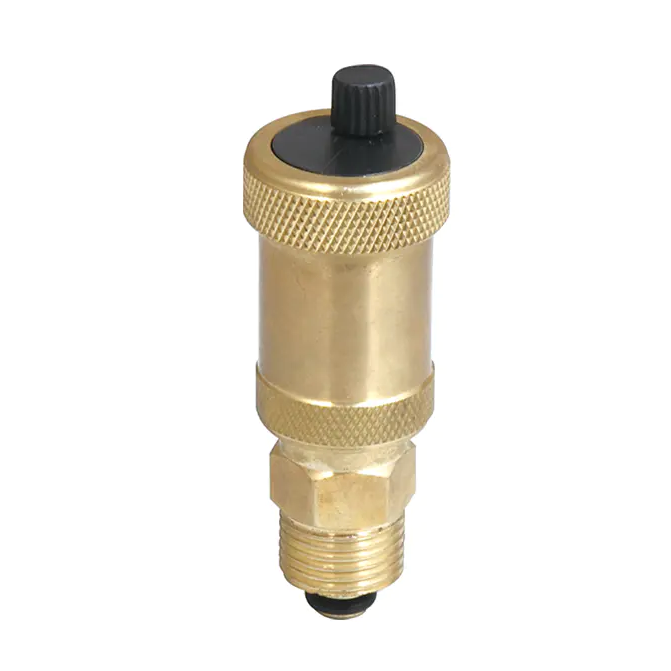An air vent valve plays a practical role in the operation of various piping and fluid distribution systems. Its main function is to release trapped air from pipelines, which can otherwise cause a range of operational challenges. By automatically discharging accumulated air, the valve contributes to smoother system performance and greater reliability.
One of the noticeable advantages of an air vent valve is its ability to prevent air-related blockages. Air pockets in a piping system can disrupt fluid flow, reduce pump efficiency, and create noise or vibration. By releasing this air, the valve helps maintain uninterrupted and stable water or fluid circulation. This contributes to consistent system operation in heating, cooling, and water supply systems.
Another important advantage is the protection it offers to system components. Air trapped within pipelines can accelerate corrosion and lead to the premature wear of valves, pumps, and other connected equipment. By reducing the presence of air, an air vent valve minimizes these risks and helps extend the working life of essential parts, reducing downtime and maintenance requirements.
In terms of energy management, air vent valves can improve system efficiency. Air in a pipeline may cause irregular pressure levels, forcing pumps and compressors to work harder. By removing this air, the valve allows equipment to function under more stable conditions, which can help lower energy consumption and operational costs over time.
Air vent valves are also valued for their ease of installation and maintenance. Their compact design and automatic function reduce the need for manual intervention, making them suitable for use in areas where continuous monitoring is not practical. Many systems, including closed-loop heating or cooling systems, benefit from the automatic air removal these valves provide, helping maintain performance with minimal user input.
In industrial applications, air vent valves contribute to process stability. Certain processes rely on precise pressure and fluid flow levels, and trapped air can interfere with these requirements. By efficiently removing air, the valve helps maintain process consistency and supports the safety of operations involving pressurized systems.
In summary, an air vent valve improves fluid circulation, reduces the risk of equipment damage, enhances system efficiency, and offers convenient, low-maintenance operation. These advantages make it a valuable component in residential, commercial, and industrial fluid management systems, supporting both performance and long-term reliability.
